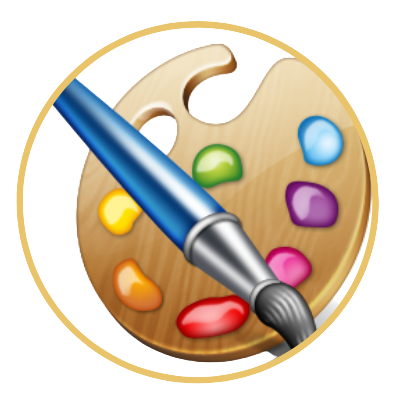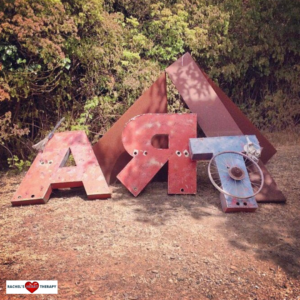
Art Therapy developed its beginnings in the late 19th and early 20th centuries. It all started with psychiatrists in the field becoming more and more interested in the artwork created by their patients.
The development of Art Therapy as an actual profession in the United States happened during the 1940s.
In the 1970s and 1980s, Art Therapy as a separate profession began to grow within the field and different jobs were created in a variety of different settings other than just a hospital setting where the profession originated.
In the field of psychology, professionals saw and started to study the healing and therapeutic benefits of Art Therapy. Both as “Art as therapy”: emphasizing the innate healing power of making art and also “Art psychotherapy”: using art as a healing tool within the format of verbal (talk) psychotherapy.
There are many learned benefits of Art Therapy and we are still learning more benefits of Art Therapy to this day as it is a very limitless creative and expansive ever-growing field in which we continue to learn about as professionals!
Some known benefits are:
The list truly goes on for the benefits found with the use of Art Therapy as a tool in therapy work. In my work, I also use Art Therapy to help build self-esteem and resiliency or increase a sense of self-mastery through a specific creative art craft.
Art Therapists use what is called: “Art Therapy Directives” and sometimes the Art Therapy Directive has a more specific purpose to touch upon a specific goal. For example, there are Art Therapy Directives that are geared more toward increasing self-esteem, or Art Therapy Directives that are all about working with dreams. There are hundreds of these we learn that provide clients with the needed structure as they make art in session. Sometimes, I even come up with new Art Therapy Directives together with my clients in session based on what we are working on. It is such a creative modality, and the possibilities are endless which truly brings so much hope to the healing process.
There is also “free association” artmaking, or “open studio” artmaking involved in Art Therapy, too! It all depends on the client and trained Art Therapists have extensive training in contradictions of certain Art Therapy Directives as well as materials used. Therefore, it is very important to work with an Art Therapist who has training and knows the risks as well as benefits of working with image/art as well as various art materials. When we are working with people in their most intimate world, it is important to talk about risks and trained Art Therapists go through much study and experience in their degree and internships as well as supervision and continued learning and supervision/consulting ongoing in order to ethically and safely use art in therapy. Using art in therapy is not something recommended unless you are working with someone who has the training and scope of practice.
Art Therapy can also be integrated into many theories of practice within different theoretical approaches. Art Therapy first started being used in a more psychodynamic approach, but now, it can be integrated and successfully used in most any theoretical approach out there to date!

Based in SF Bay Area, CA, currently offering telemedicine California wide & off-site clinical supervision.
mft@rachelshearttherapy.com
+1 (650) 402 1377
© 2025 Rachel's Heart Therapy. Built using WordPress and the Mesmerize Theme